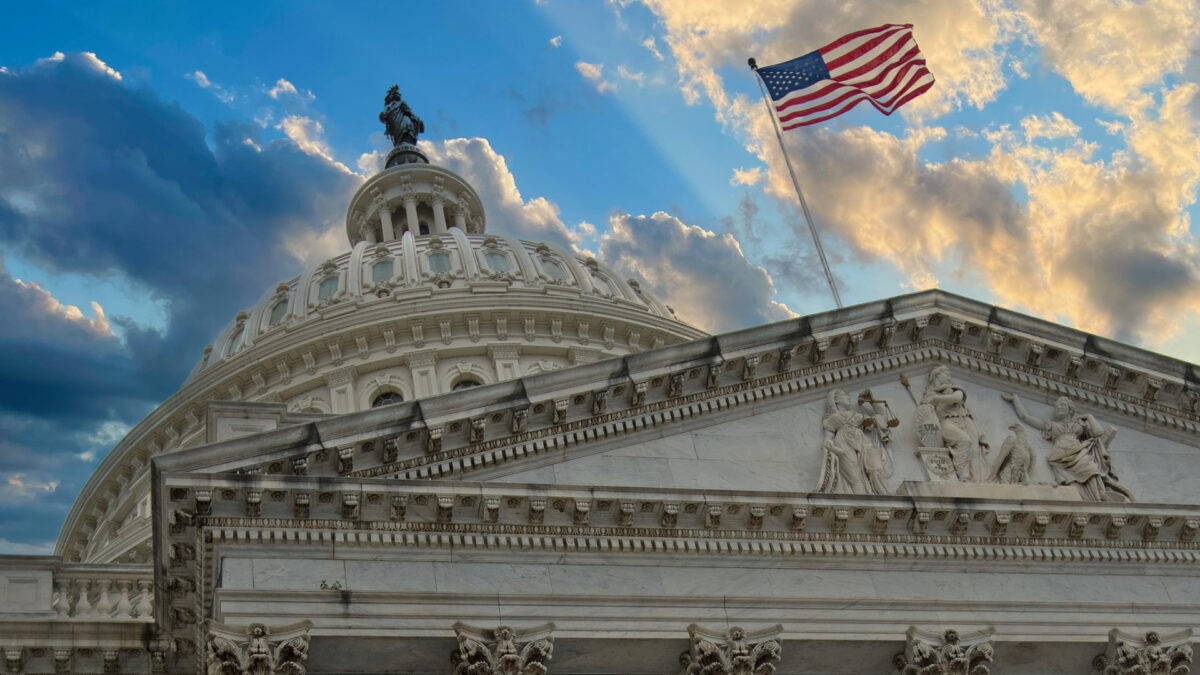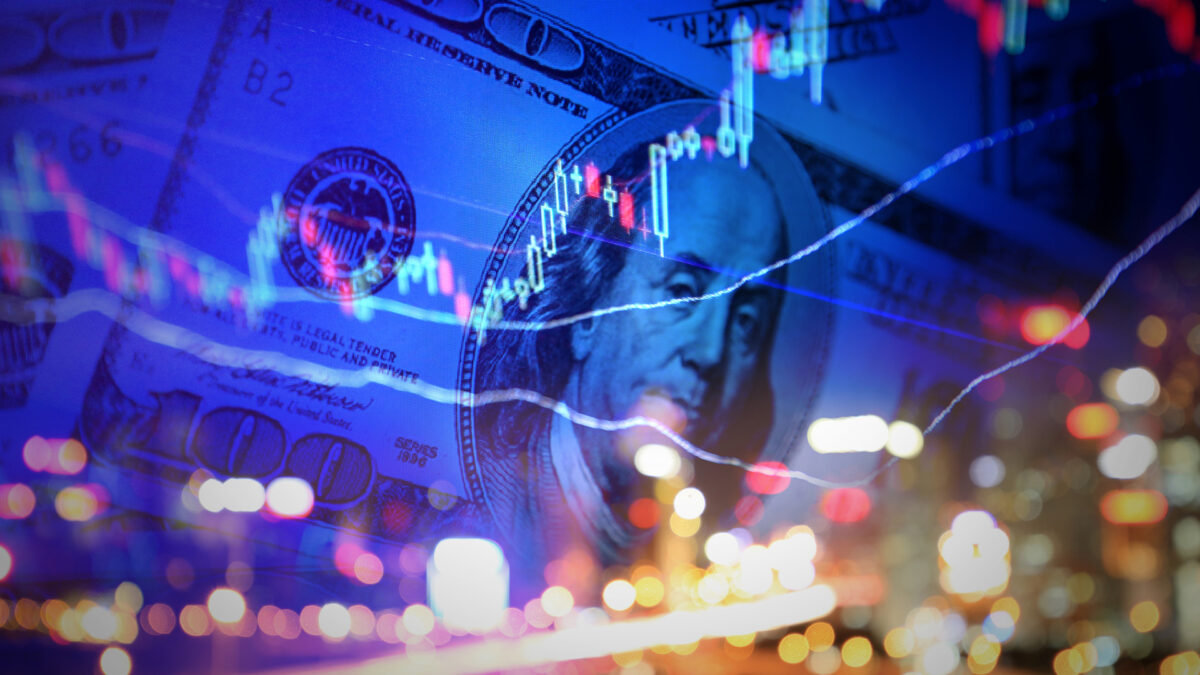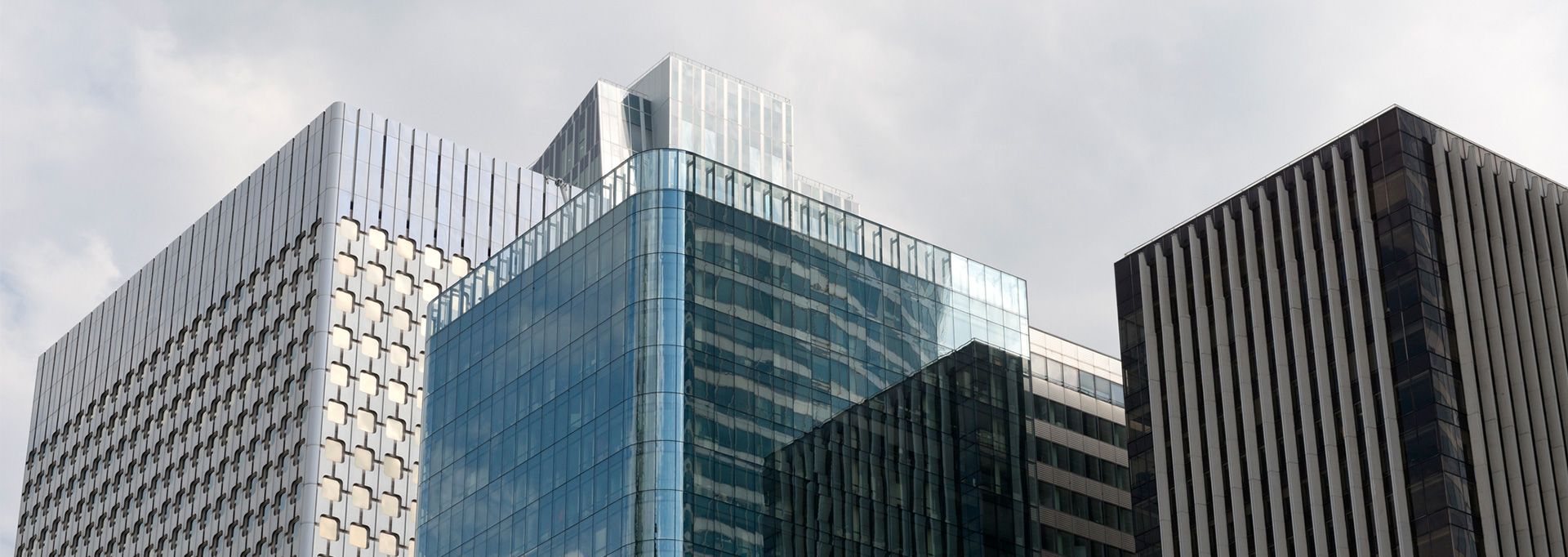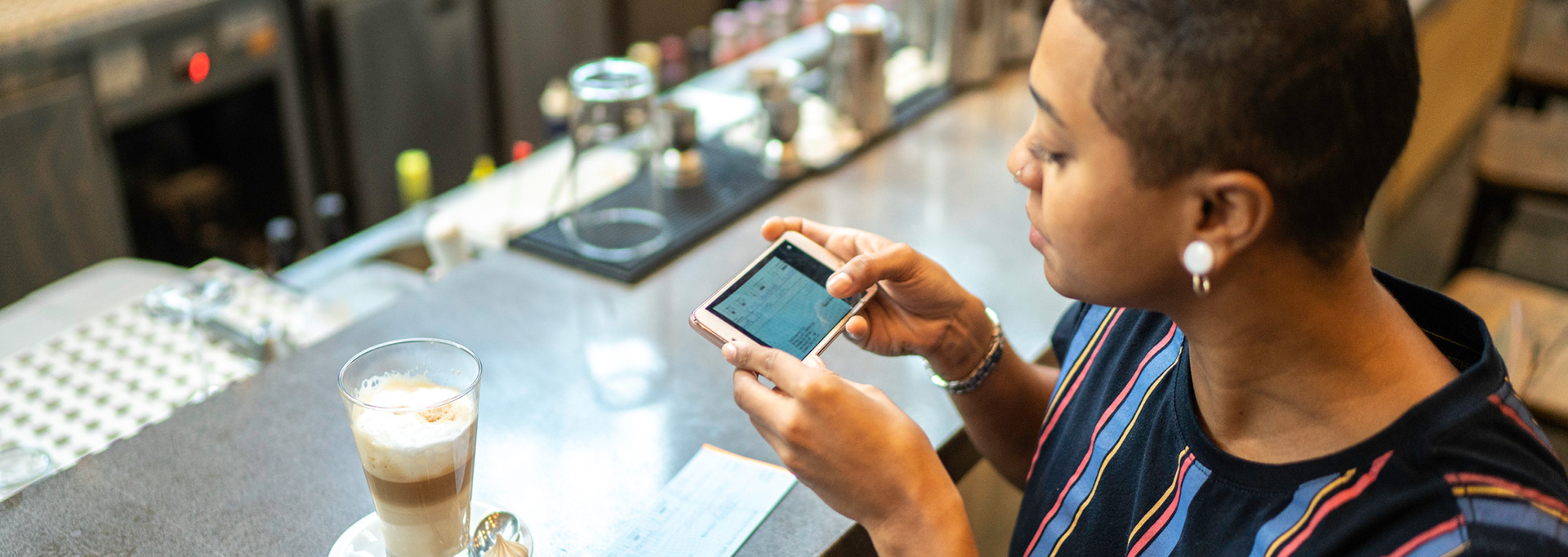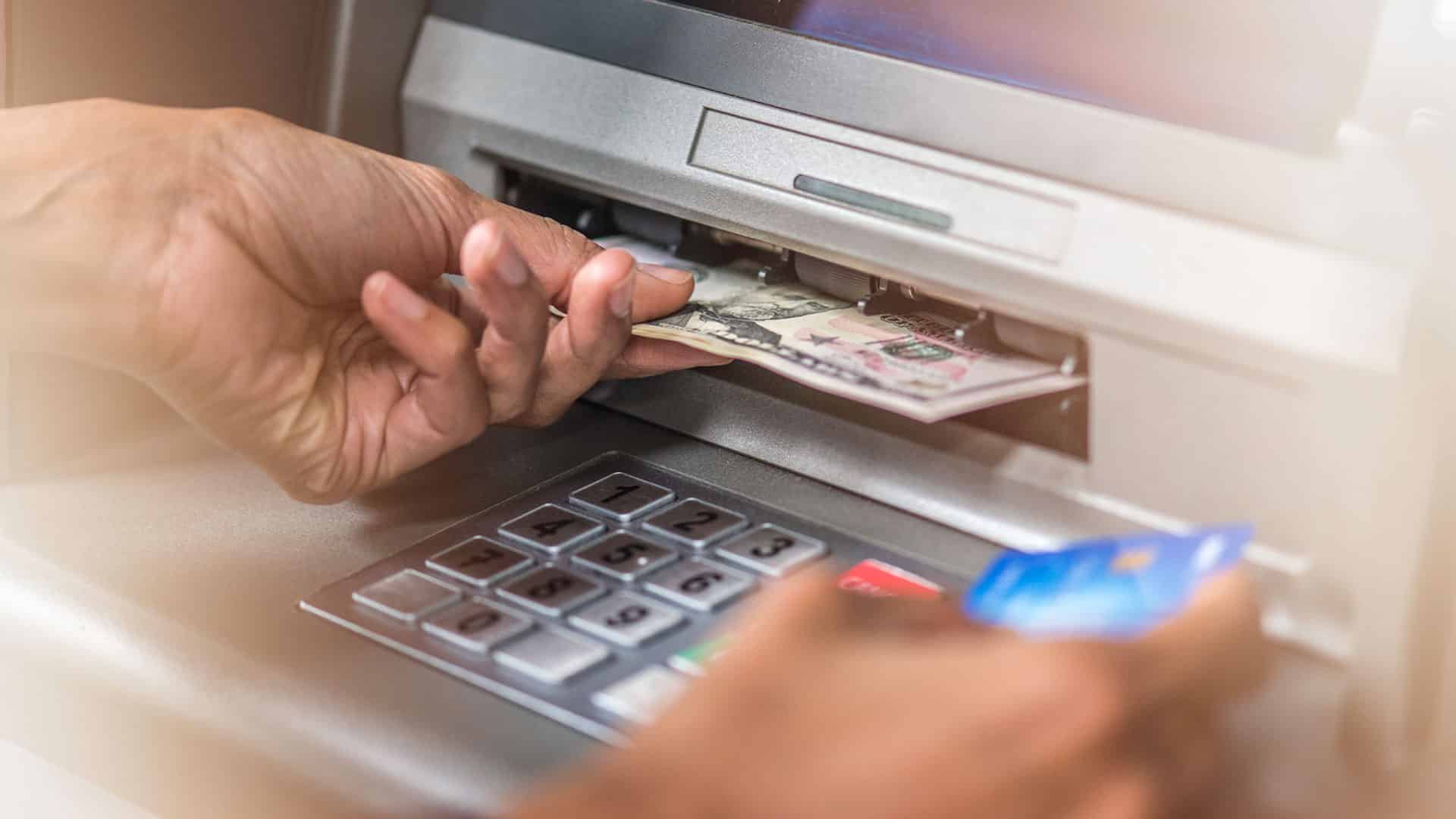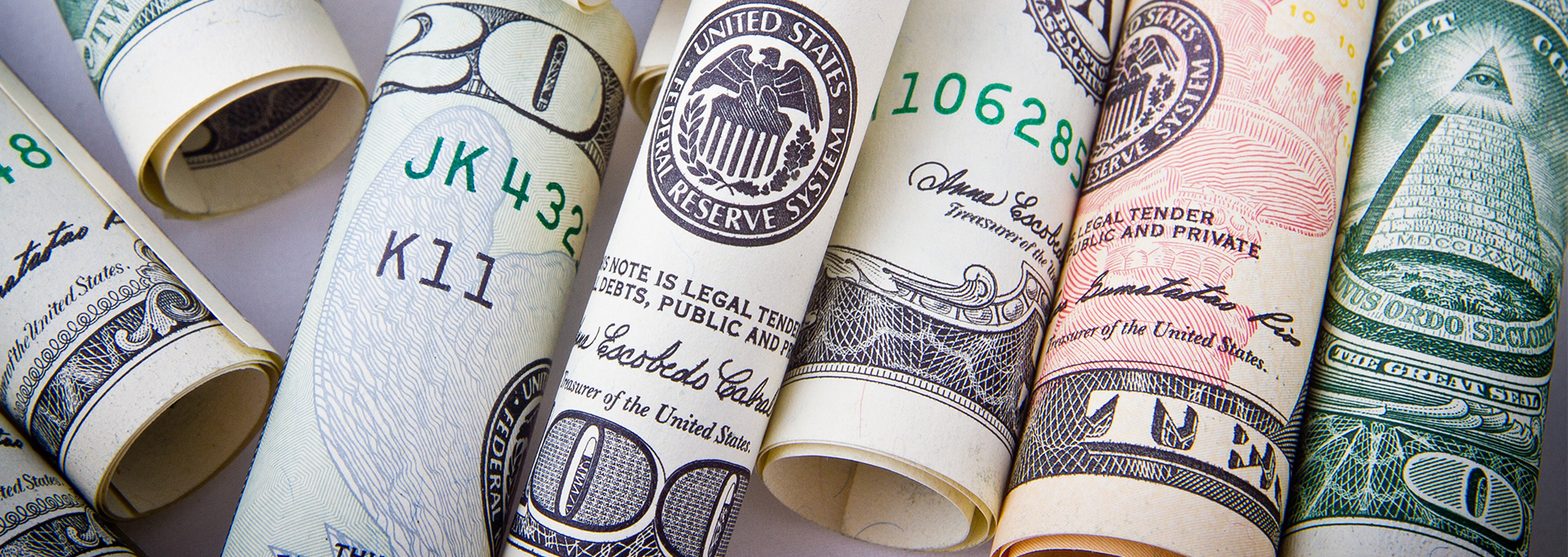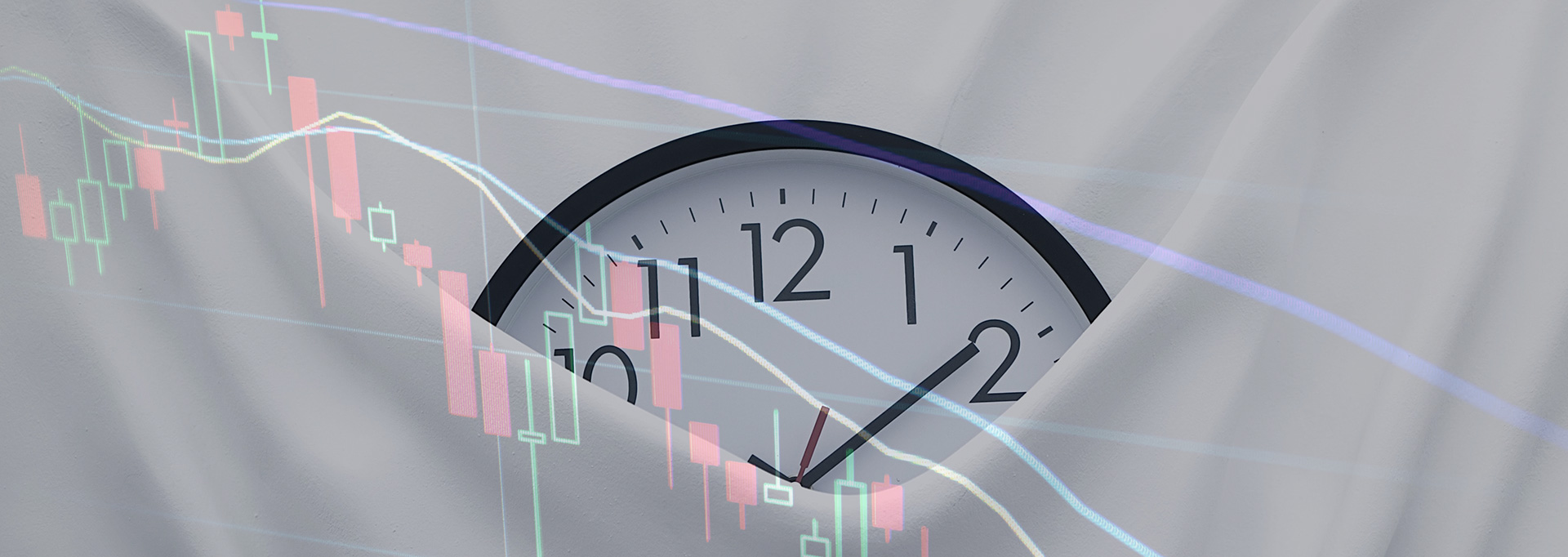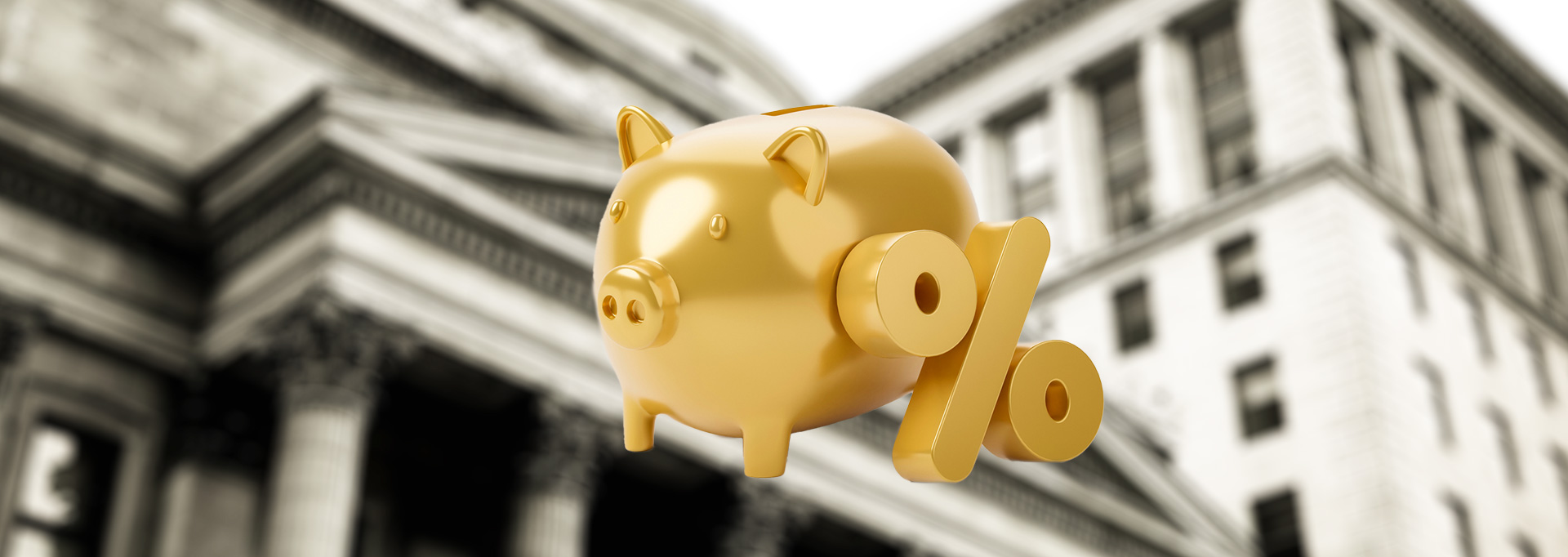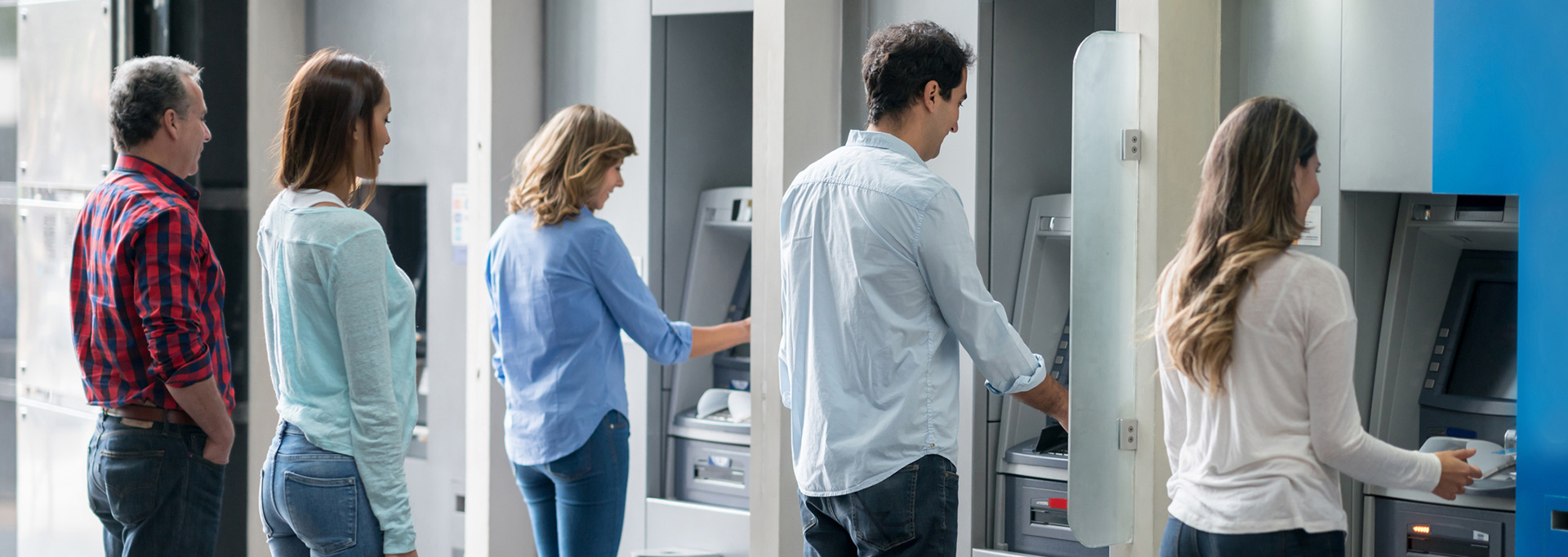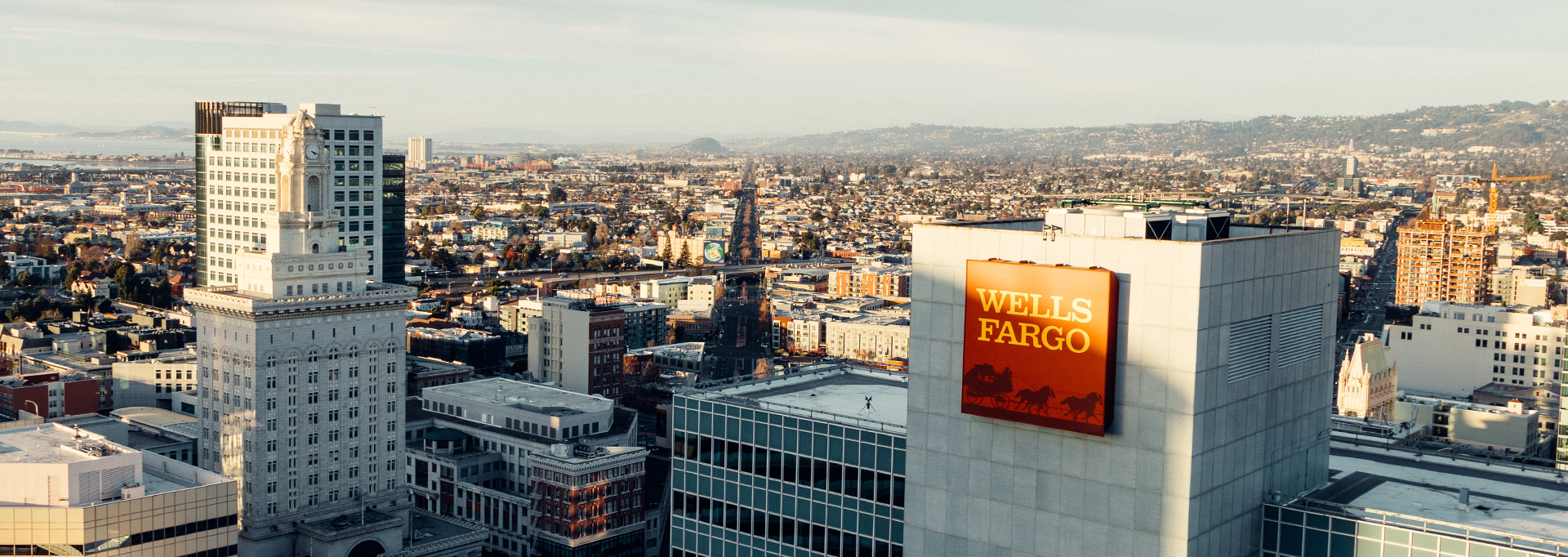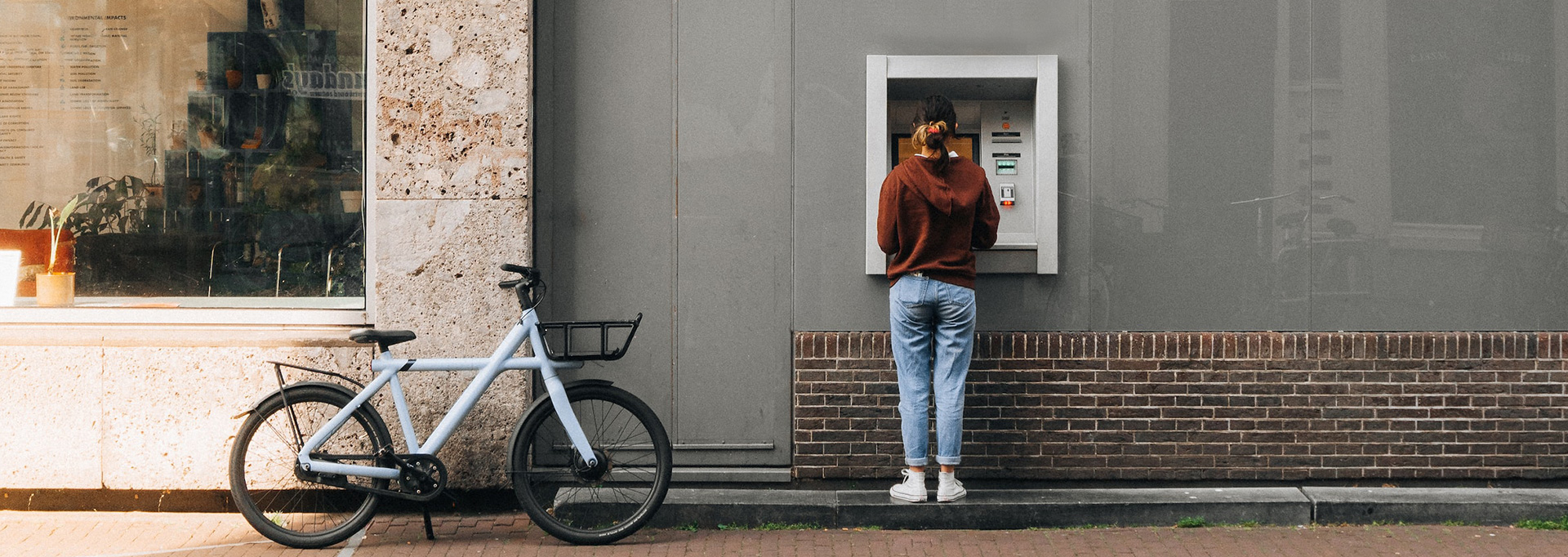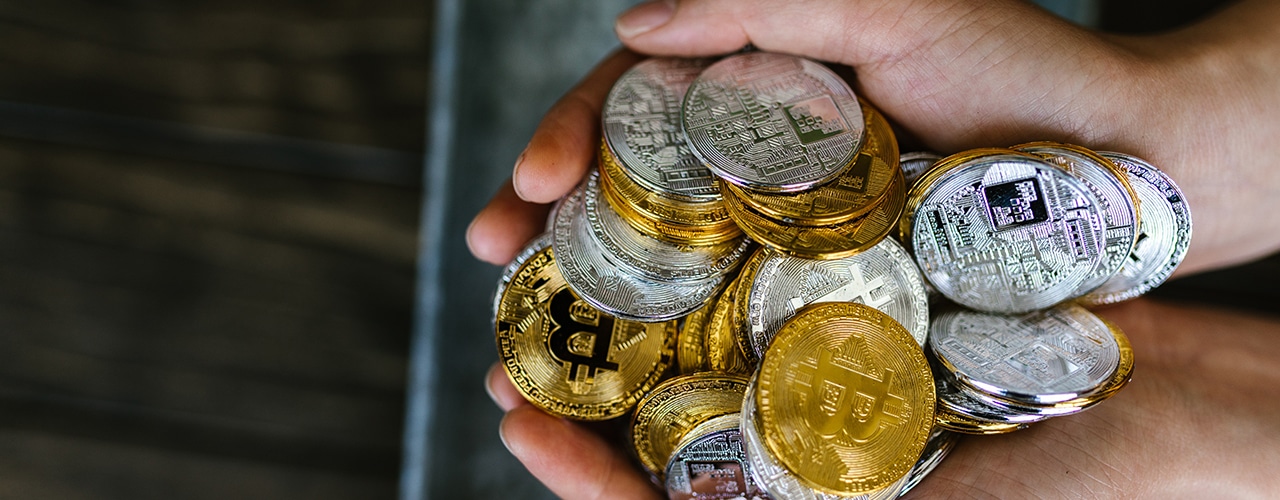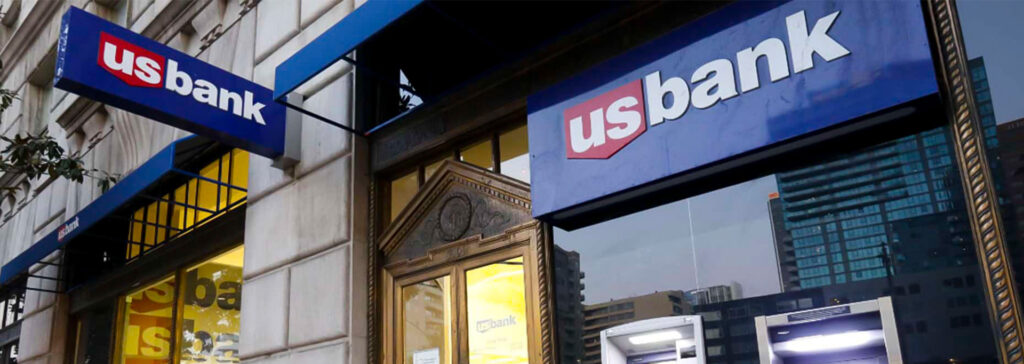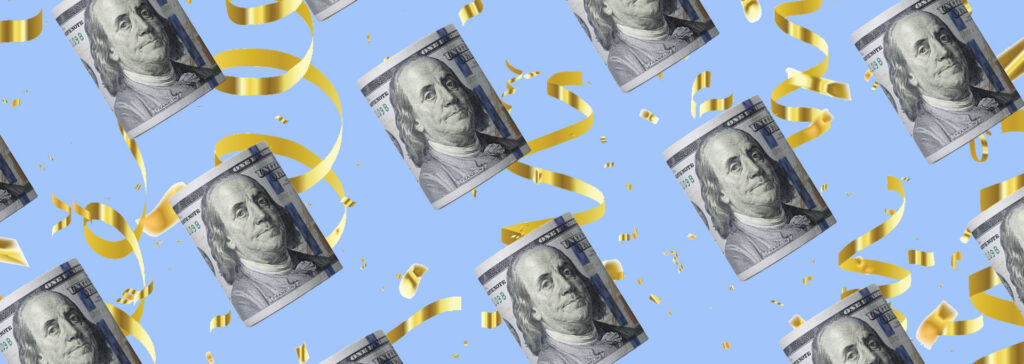Most products on this page are from partners who may compensate us. This may influence which products we write about and where and how they appear on the page. However, opinions expressed here are the author's alone, not those of any bank, credit card issuer, airline or hotel chain. This page may include information about American Express products currently unavailable on Slickdeals. American Express is not a partner of Slickdeals.
In March 2023, two U.S. financial institutions—Silicon Valley Bank and Signature Bank®—failed. These two bank failures certainly weren’t the first of their kind to take place. However, they did create a lot of noise online, causing many consumers to wonder whether their money was safe.
The good news is that bank failure is still a rare occurrence in the United States. But it makes sense to have questions about what happens when a bank fails.
Assuming you have less than $250,000 in your account, if you deposit your money with a bank that’s a member of the Federal Deposit Insurance Corporation (FDIC), your cash is safe even if your bank fails. FDIC insurance protects you for up to at least $250,000 per account ownership category in the event of a bank failure. Here’s what you need to know about what happens when a bank fails and how the FDIC can step in to protect you in these unlikely
What Is the FDIC?
Congress established the FDIC during the Great Depression with the Banking Act of 1933. That same year, close to 4,000 commercial banks failed. And between 1929 and 1933, U.S. depositors lost around $1.3 billion due to bank failures. As a result, the country was experiencing a severe banking crisis and the government needed to restore public confidence in banks. The FDIC was a big part of its answer to that
Actions the FDIC Takes When a Bank Fails
When a bank doesn’t have enough money to pay its customers, the FDIC has the power to step in and take a few different actions to protect you.
The FDIC can:
- Write you a check to cover the insured balance you have deposited in each deposit account category. (Payments typically start within a few days after the bank closes.)
- Provide you with a new account at another FDIC insured bank with a balance that’s equal to the amount you had deposited in the bank that failed (
up to the insured limit ).
Is Bank Failure Common?
Bank failure isn’t something that happens every day. But you might be surprised to learn that between 2001 and 2023, 563 banks have failed in the United States according to the Federal Deposit Insurance Corporation.
That’s an average of nearly 26 bank failures per year for the last 22 years. Yet in reality, a large chunk of recent bank failures occurred during the Great Recession, when close to 325 banks failed during the three year span between
Although 563 bank failures in the last 22 years might be a higher number than you’d expect, keep in mind that the U.S. is home to thousands of financial institutions. The FDIC supervises more than 5,000 banks and savings associations, and not all banks are members of the Federal Deposit Insurance Corporation. Furthermore, not a single depositor has lost one penny of insured money due to bank failure since the FDIC was formed in
The largest bank failure on record was Washington Mutual Bank in September 2008. If you’re interested, you can also check out the FDIC’s Failed Bank List for a look at every bank in the United States that has failed since
 Related Article
Related Article
Here Are the 5 Safest Banks in 2025
Ways to Keep Your Money Safe
Bank failures don’t happen very often in the United States. Nonetheless, it’s still wise to protect yourself from this possibility. Here are three smart ways to keep your money safe.
1. Choose an FDIC-Insured Bank
The first way to protect your money is to choose a bank that’s a member of the Federal Deposit Insurance Corporation. Both online banks and traditional banks can be safe places to deposit your cash as long as the financial institution offers FDIC insurance to protect your deposits. If you bank with a credit union, select one that’s a member of the National Credit Union Administration (NCUA) and offers similar insurance coverage to keep your
2. Consider Multiple Bank Accounts
The FDIC will only cover your deposits up to $250,000 in a single deposit account. So, if you have cash deposits that exceed that amount, it’s important to divide those up between different categories of deposit accounts at the very least.
For example, you could keep a portion of your savings in a high-yield savings account, some money in your checking account and a certain amount of cash in a certificate of deposit. This approach should give you more protection in the unlikely event of a
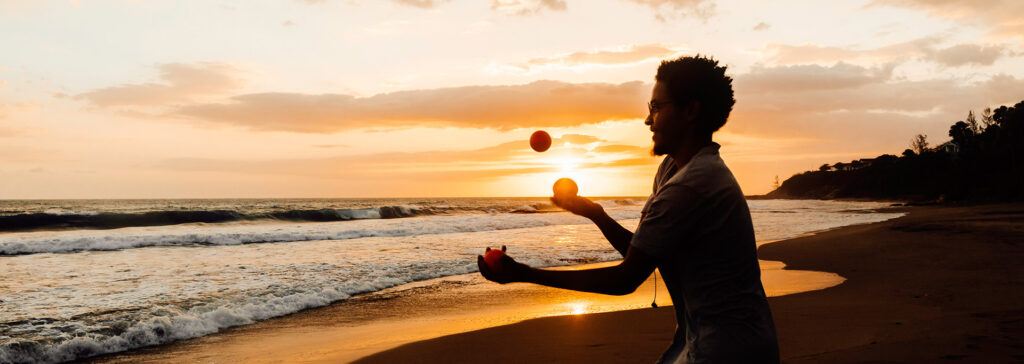 Related Article
Related Article
How to Manage Multiple Bank Accounts and Credit Cards Like an Expert
3. Open Accounts with Different Banks
Another option you can consider (especially if you have more than $250,000 in cash you want to keep in the bank) is dividing your savings between different financial institutions. As long as each bank you choose is FDIC insured, this strategy could offer you an added layer of protection. Plus, you can shop around for the best online banks and bank bonus offers to make sure you find the best banking deals for your situation.
There are plenty of low-risk ways to earn more money on your savings while keeping your cash safe. However, if you have a large sum of money, you might also want to talk to a financial professional about the potential benefits (and risks) of investing for your
Bottom Line
Bank failure isn’t as common as it was in the past. But when you choose an FDIC-financial institution, you can protect yourself and your money from this possibility. Opening an FDIC-insured bank account and following a few basic rules can help you rest easier knowing your money would still be safe in the unlikely event of a bank failure if it ever


